Optimal Timing for Siding Installation
Siding installation timing depends on climate conditions, material choice, and project scope. Optimal periods typically include mild weather with minimal precipitation, ensuring proper adhesion and curing of materials. Planning during favorable weather reduces delays and potential damage caused by extreme temperatures or moisture.
Spring offers moderate temperatures and lower humidity, ideal for siding projects. It allows for timely completion before summer heat or winter cold sets in.
Summer provides longer daylight hours and warm weather, but extreme heat can affect certain materials. Proper planning ensures siding is installed during cooler parts of the day.
Fall is suitable due to cooler temperatures and dry weather, which helps with installation and curing processes. It’s a popular choice for scheduling projects before winter.
Winter is generally less ideal due to cold temperatures and potential snow or ice. Some materials may not adhere properly, and work conditions can be challenging.
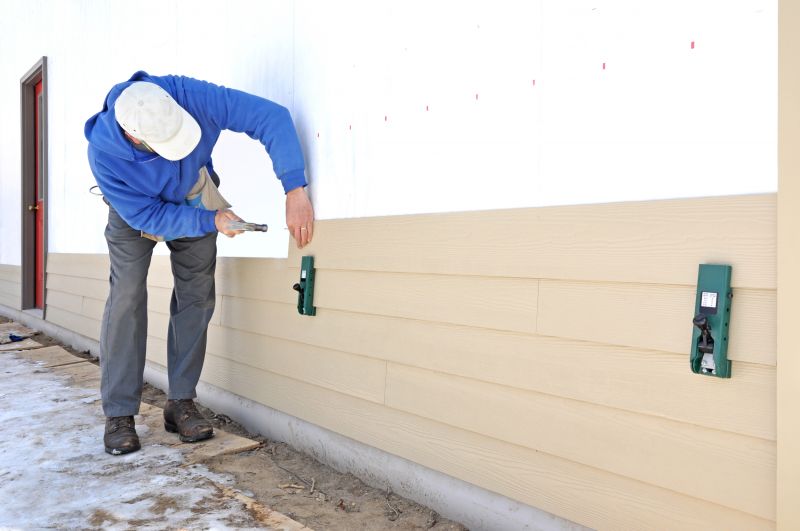
A worker installing siding during a mild spring day.
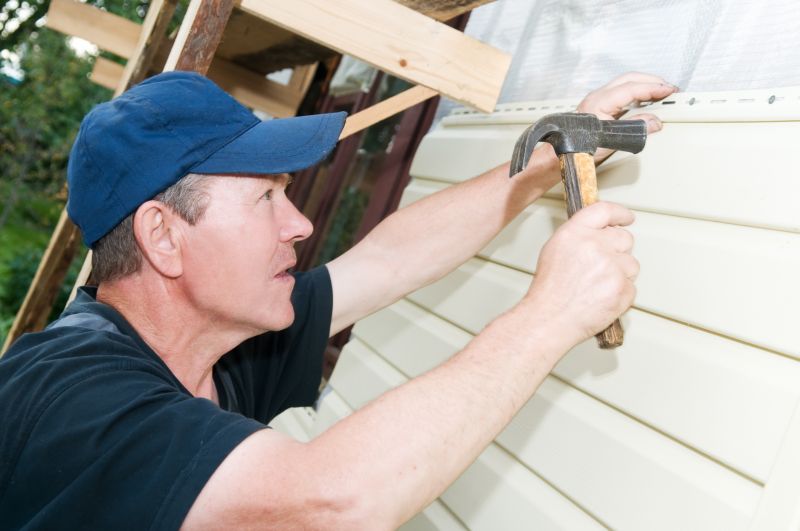
Siding being installed in warm weather conditions.
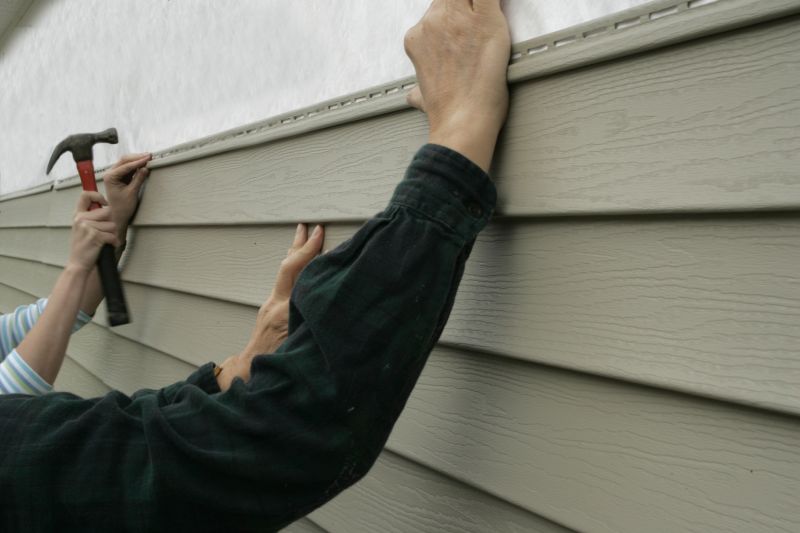
A contractor working on siding during autumn.
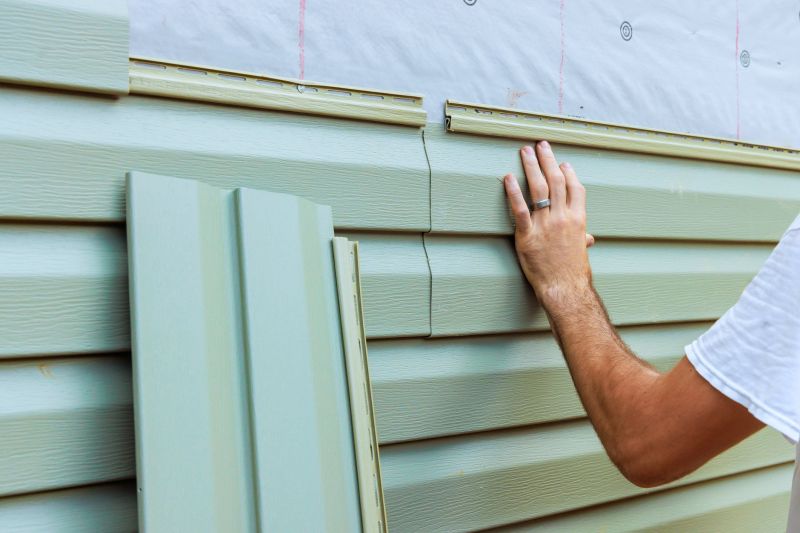
Ways to make Siding Installations work in tight or awkward layouts.

Popular materials for Siding Installations and why they hold up over time.

Simple add-ons that improve Siding Installations without blowing the budget.
Proper timing for siding installations ensures durability, appearance, and adherence to project schedules. It is important to consider local climate patterns and material specifications when planning a project. Scheduling during suitable weather minimizes risks of delays, material damage, and subpar finishes.
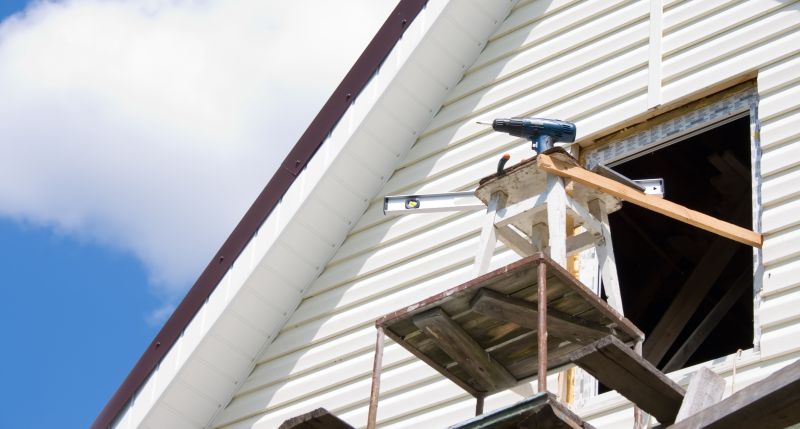
Close-up of siding being installed on a residential building.
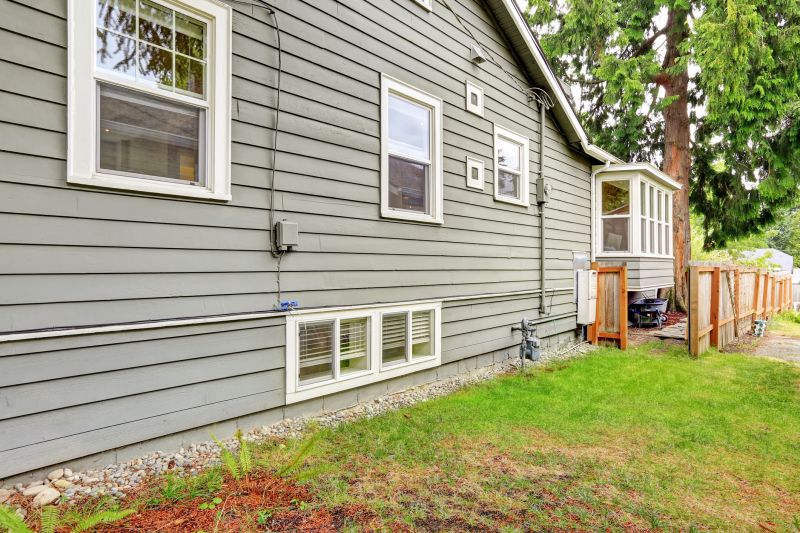
Completed siding installation showcasing clean lines.
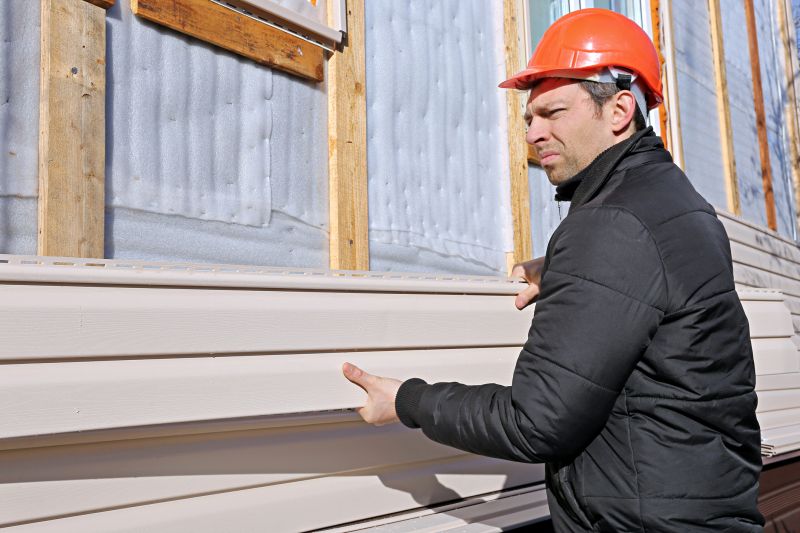
Worker preparing the wall surface for siding.

Collection of tools used in siding projects.

High-end options that actually feel worth it for Siding Installations.
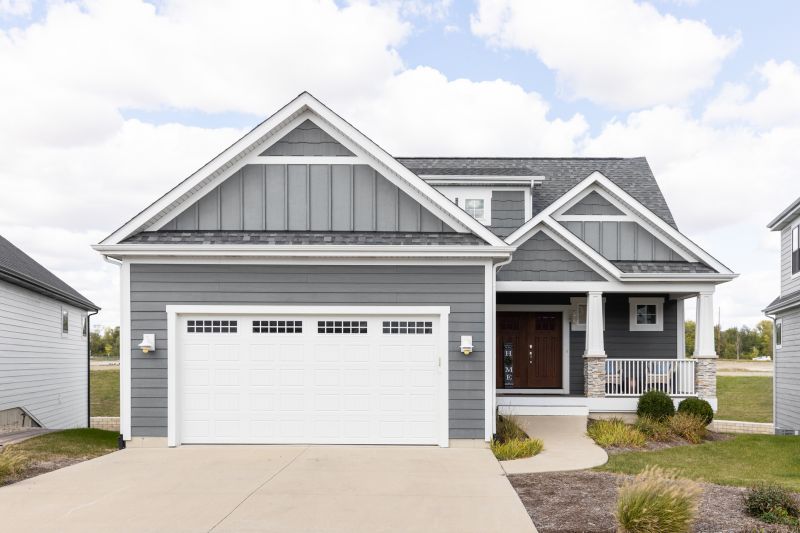
Finishes and colors that play nicely with Siding Installations.
| Season | Advantages |
|---|---|
| Spring | Ideal temperatures and low humidity facilitate installation. |
| Summer | Longer daylight hours; plan for cooler parts of the day. |
| Fall | Cool, dry weather supports proper curing and finishing. |
| Winter | Less suitable due to cold and moisture risks. |
| Late Spring/Early Fall | Optimal transition periods for scheduling. |
Choosing the right time for siding installation is essential for ensuring long-lasting results and high-quality finishes. Proper planning around seasonal weather patterns can prevent delays and reduce the likelihood of issues such as warping, cracking, or moisture infiltration.
Interested in scheduling a siding installation? Filling out the contact form provides a way to discuss project details, timelines, and options suitable for specific needs and local conditions.



